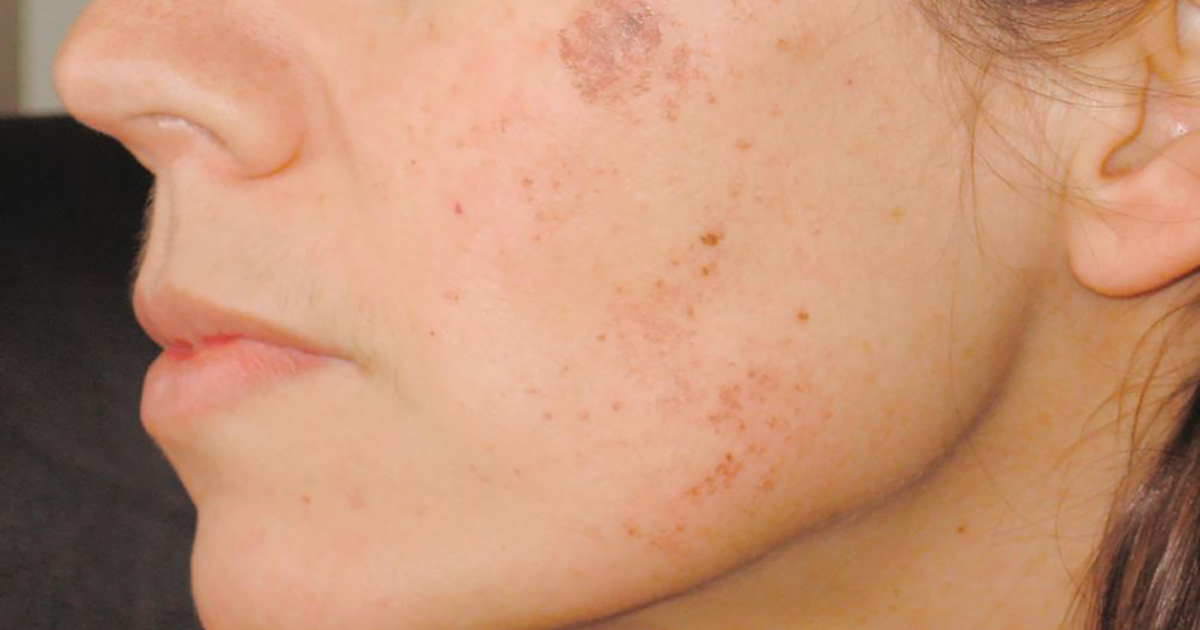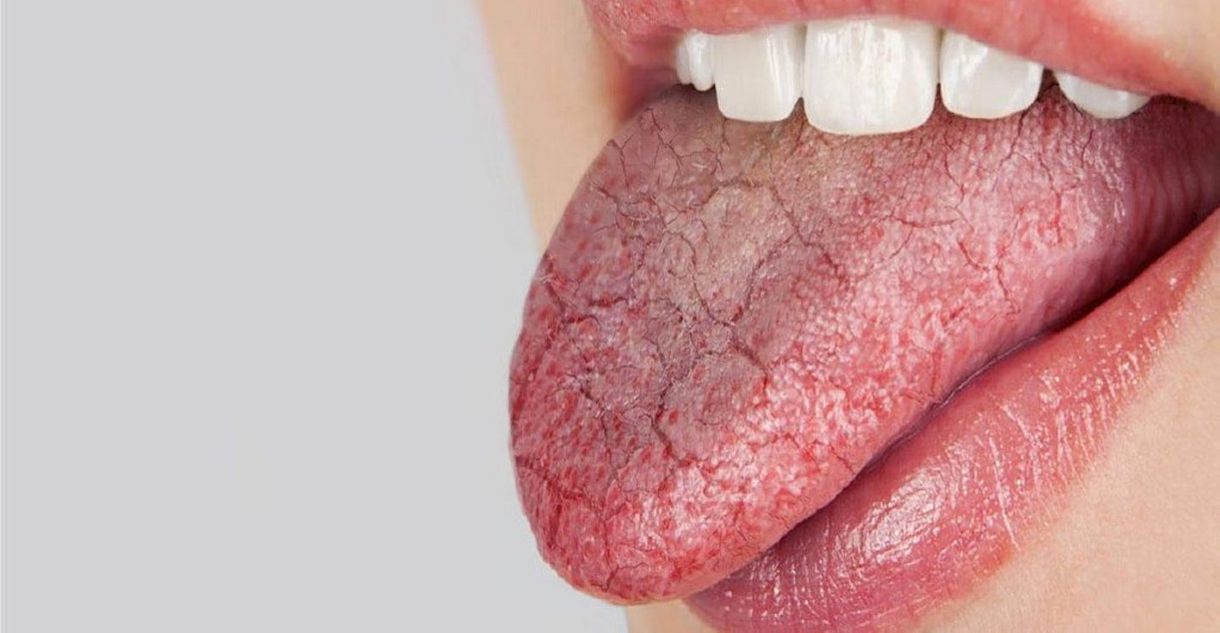Symptoms Of Primary Biliary Cholangitis
Hyperpigmentation

Hyperpigmentation is a symptom that occurs in primary biliary cholangitis. Hyperpigmentation is the darkening of the epidermis and dermis (skin) in the form of spots. This often caused by sun exposure and is normally harmless. However, in primary biliary cholangitis, this symptom is the darkening of the skin without exposure to the sun.
Further, discoloration in the skin in primary biliary cholangitis can be widespread, covering parts of the body. Skin can also change in texture and have rashes. The darkening of the skin is caused by the increased amount of melanin in the body when the liver isn't functioning correctly.
Dry Mouth And Eyes

Primary biliary cholangitis may manifest in the form of dry mouth and eyes. The dryness in an affected individual's mouth is the result of inflammation that occurs in the glands responsible for producing their saliva, while the dryness in the eyes is the result of inflammation in the glands responsible for producing tears. Because no blood vessels are present in the cornea, tear production is the only mechanism that keeps this part of the eye moisturized. Decreased tear production causes the eyes to become excessively dry and irritated as a result. Saliva production is the way the body keeps the mucous membranes in the oral cavity moisturized.
Reduced saliva production results in excessive drying out of the mouth. This gland inflammation is caused by the patient's immune system inappropriately attacking such glandular tissues. Primary biliary cholangitis is characterized by inflammation and degradation of the biliary ducts, which is also the result of an inappropriate attack by the affected individual's immune system. Because both issues are the result of the same underlying mechanism action on epithelial elements, they often occur alongside each other.
